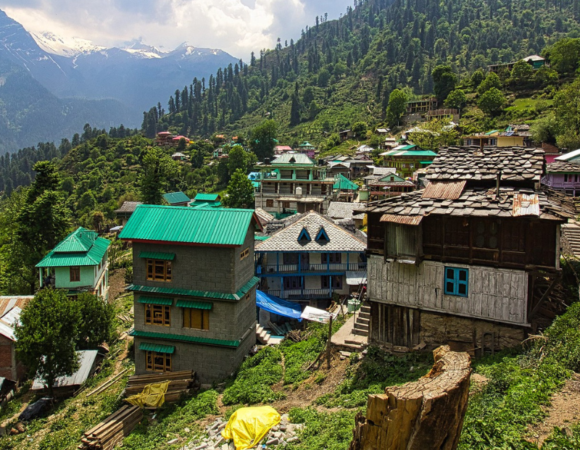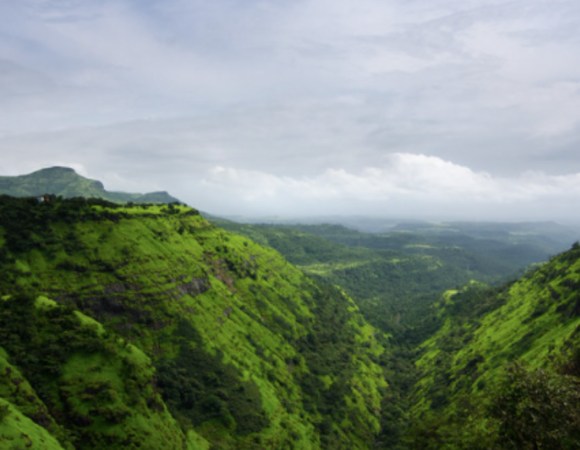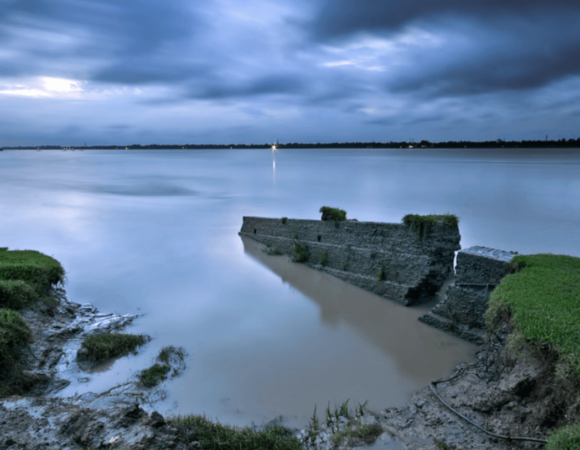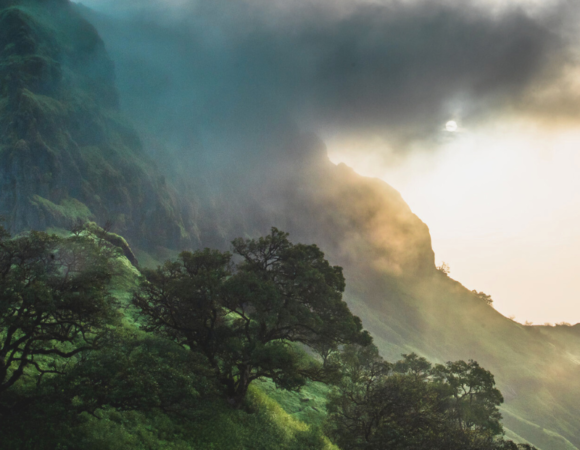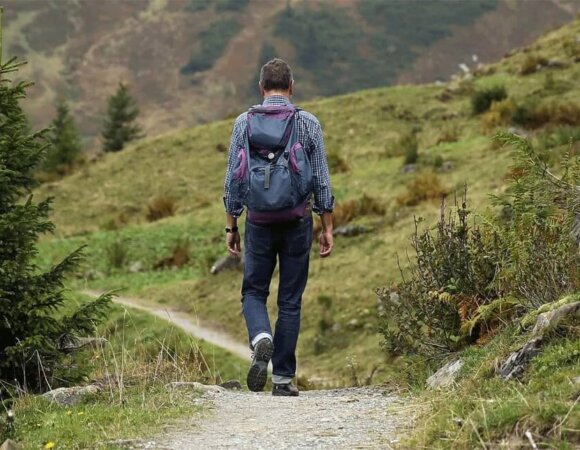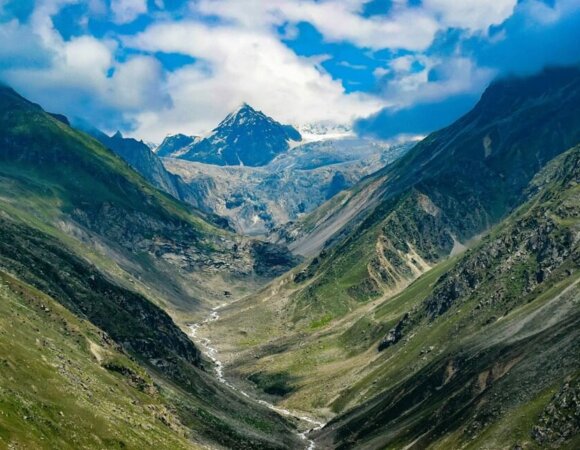How to Prepare for Your First Trekking Adventure
Going on your first trekking adventure can be exciting and challenging. Trekking allows you to explore nature, push your limits, and enjoy breathtaking views. However, proper preparation is essential to ensure a safe and enjoyable experience. This guide will help you choose the right trek, prepare effectively, pack wisely, and avoid common mistakes as a first-time trekker.
Table of Contents
ToggleHow to Choose the Right Trek
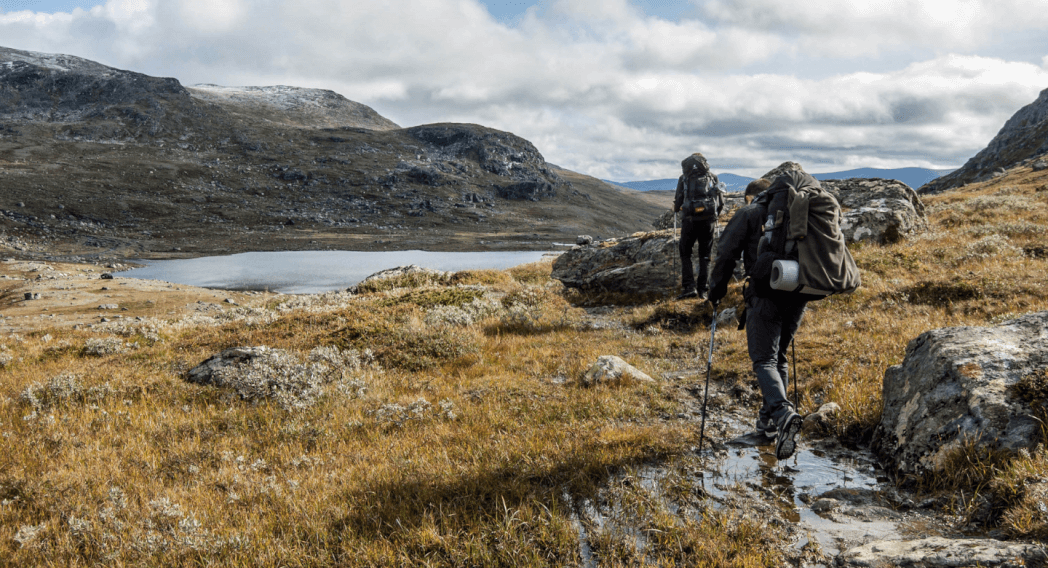
Choosing the right trek is crucial for an enjoyable experience, especially for beginners. Consider the following factors:
- Fitness Level: Start with easy-to-moderate treks that match your physical capabilities. These treks are more manageable for beginners and help build confidence for future adventures.
- Duration: Short treks lasting 2-4 days are ideal for beginners. Longer treks can be physically demanding and may lead to exhaustion, injuries, or altitude sickness.
- Terrain and Altitude: It is best to choose low-altitude treks for your first adventure. Lower altitudes reduce the risk of altitude sickness and other health complications.
- Local Guidance: Seek advice from experienced trekkers or hire a guide. A guide can provide valuable insights, ensure your safety, and help you navigate unfamiliar trails.
Read More About: Importance of BMI for choosing a trek
Preparation for the Trek
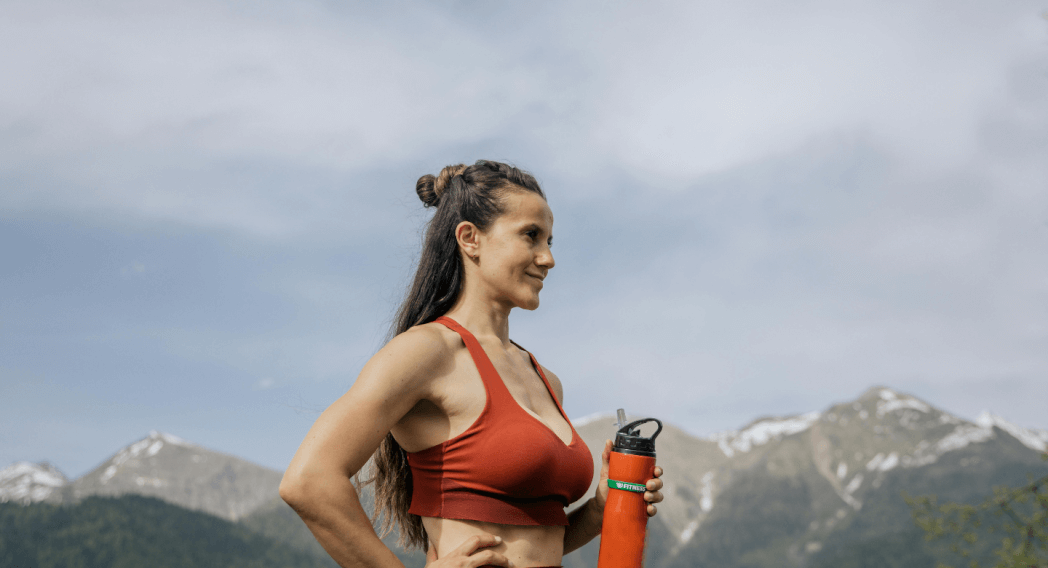
Proper preparation helps improve your endurance and makes your first trekking adventure more enjoyable. Here are some key aspects to focus on your First Trekking Adventure:
- Physical Fitness: Begin your training at least 2-3 weeks before the trek. Include cardio exercises, strength training, and flexibility workouts. Stretching after each session helps with muscle recovery and reduces the risk of injury.
- Hydration and Nutrition: Trekking requires a lot of energy and stamina. Stay hydrated and eat a balanced diet rich in protein and complex carbohydrates to maintain your energy levels.
- Acclimatization: If your trek involves higher altitudes, acclimatization is essential. Arrive early to allow your body to adjust and reduce the risk of altitude sickness (AMS), high-altitude pulmonary edema (HAPE), and other related issues.
- Practice Hikes: Try shorter hikes with a loaded backpack to get used to carrying weight and walking for extended periods.
Packing List
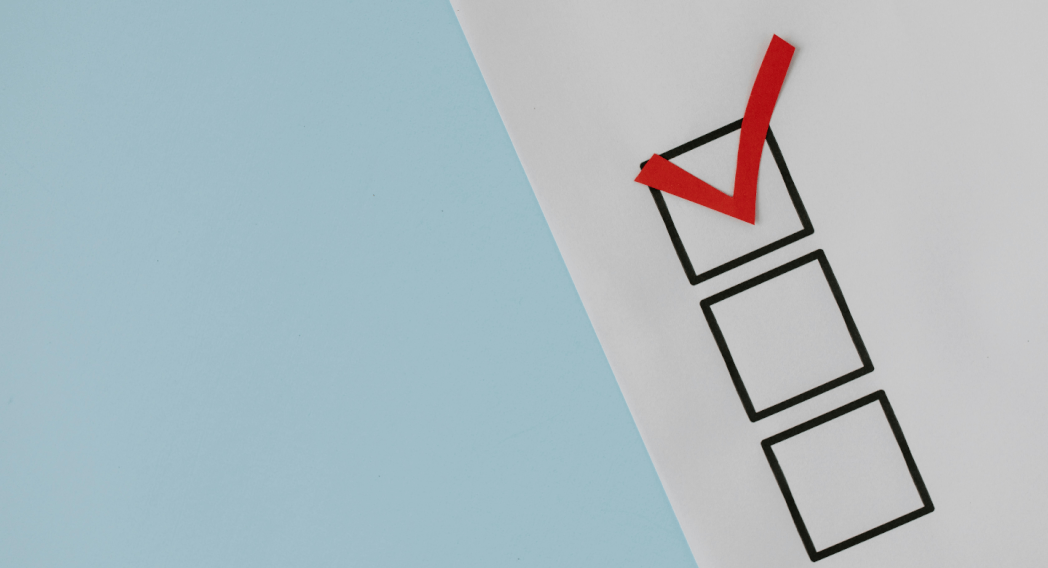
Packing smart can make your first trekking adventure experience comfortable. Your packing list will depend on the weather and season of your trek.
- Clothing: Pack light and avoid overpacking. Carry one or two extra T-shirts apart from the one you are wearing. Avoid jeans, as they are uncomfortable for trekking. Instead, choose quick-drying lower pants. Always layer your clothing based on the weather.
- Footwear: Good quality trekking shoes with a strong grip and ankle support are essential. Make sure to break them in before your trek to avoid blisters.
- Backpack: Choose a lightweight, comfortable backpack that can carry essentials like a water bottle, snacks, a small first-aid kit, and accessories such as a power bank and charger.
- Gear: If this is your first trek, consider renting trekking gear such as trekking poles, sleeping bags, and tents. If you plan to trek frequently, investing in quality gear is a good option.
Mental Preparation and Mindset
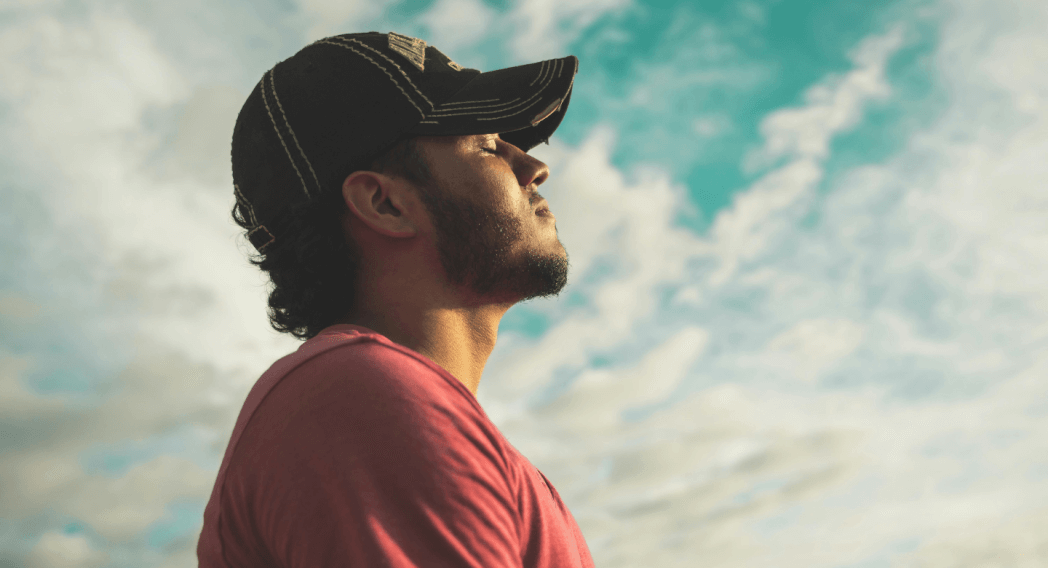
Trekking is not just a physical challenge; it also requires strong mental preparation. A positive mindset can make a significant difference in how you experience your journey. Here are some key aspects to focus on:
- Setting Realistic Expectations: Trekking can be challenging, so expect rough terrain and changing weather. Having realistic goals helps you stay prepared and avoid disappointment.
- Staying Motivated and Positive: Stay positive by focusing on small achievements and enjoying nature. Encouragement from fellow trekkers can also boost your morale.
- Handling Challenges Such as Fatigue and Discomfort: Trekking can be tiring, so take breaks and listen to your body. Stay hydrated and pace yourself to avoid exhaustion.
- Enjoying the Journey Rather Than Focusing Solely on the Destination: Appreciate the beauty around you and enjoy every step. Trekking is about the experience, not just reaching the end.
Common Mistakes to Avoid
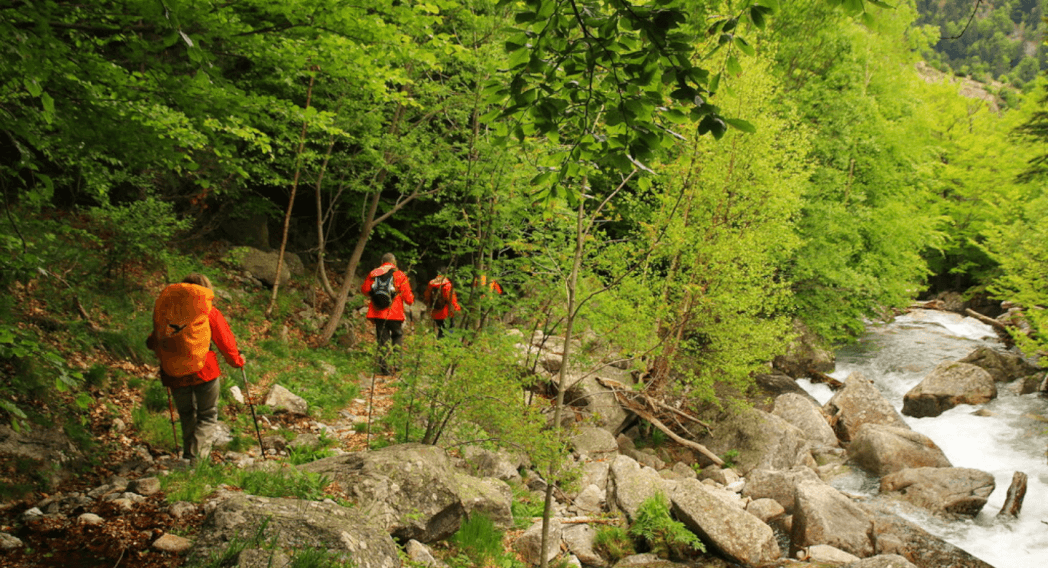
Many first-time trekkers make mistakes that can lead to discomfort or even injuries. Avoid these common pitfalls:
- Overpacking: Carrying unnecessary items can slow you down and drain your energy. Pack only the essentials based on the trek requirements.
- Ignoring Physical Preparation: Not preparing physically can lead to fatigue, injuries, and frequent breaks, which can slow down your progress.
- Improper Use of Trekking Poles: Using trekking poles incorrectly can reduce their effectiveness. Learn the correct technique to improve stability, balance, and energy conservation.
- Neglecting Weather Checks: Failing to check weather conditions before your trek can leave you unprepared for rain, extreme cold, or heat.
Tips for a Successful Trek
Follow these tips to make your first trekking adventure experience more enjoyable and stress-free:
- Start your trek early to avoid extreme heat or trekking in the dark.
- Walk at a steady pace and take breaks when needed. Listen to your body and avoid rushing.
- Follow the “Leave No Trace” principles to respect and protect nature.
- Inform a friend or family member about your trekking plans for safety.
- Carry enough water and stay hydrated throughout the trek.
- Capture moments, but don’t let photography slow you down too much.
Let’s Sum Up
Your first trekking adventure can be an unforgettable experience if you plan well. By choosing the right trek, preparing your body, packing smartly, and avoiding common mistakes, you can enjoy the journey without unnecessary stress. So, get ready, stay prepared, and enjoy the beauty of the outdoors!
References
Shackell, J., & Shackell, J. (2018, March 14). How to prepare for your trekking adventure: our 10-step training guide. Intrepid Travel Blog.
User. (2022, December 13). Top 10 trekking preparation tips for first time trekkers. World Expeditions.
Frequently Asked Questions (FAQs) On How to Prepare for Your First Trekking Adventure
What is the best trek for beginners?
Easy-to-moderate treks with low altitude and short duration (2-4 days) are ideal for beginners. Some good options include the Triund Trek, Kheerganga Trek, and Kareri Lake Trek.
How should I prepare physically for my first trek?
Start with cardio, strength training, and flexibility exercises at least 2-3 weeks before the trek. Regular walking, stair climbing, and light hiking can also help build endurance.
What should I pack for a trek?
Pack essentials like trekking shoes, layered clothing, a lightweight backpack, a water bottle, a first-aid kit, and personal hygiene items. Avoid overpacking to keep your load light.
How can I prevent altitude sickness on a trek?
Choose low-altitude treks for your first adventure. Stay hydrated, ascend gradually, and take rest breaks to allow your body to adjust.
What kind of shoes are best for trekking?
Choose trekking shoes with a good grip, ankle support, and water resistance. Avoid regular sports shoes as they may not provide enough support.
Is it necessary to hire a guide for my first trek?
Yes, hiring a guide can be helpful for safety and navigation, especially if you’re unfamiliar with the trail. Guides also provide valuable local knowledge.
What common mistakes should I avoid as a beginner?
Avoid overpacking, neglecting fitness preparation, and skipping hydration breaks. Also, ensure you use trekking poles correctly for better balance.
How do I stay motivated during the trek?
Set small goals, take in the surroundings, and enjoy the journey. Trekking with friends or a group can also keep you motivated.
What should I eat before and during the trek?
Eat a balanced meal with protein and carbohydrates before trekking. During the trek, carry energy bars, dry fruits, and light snacks for sustained energy.
How can I ensure my trek is environmentally friendly?
Follow the “Leave No Trace” principles by not littering, carrying reusable items, and respecting local wildlife and culture.


